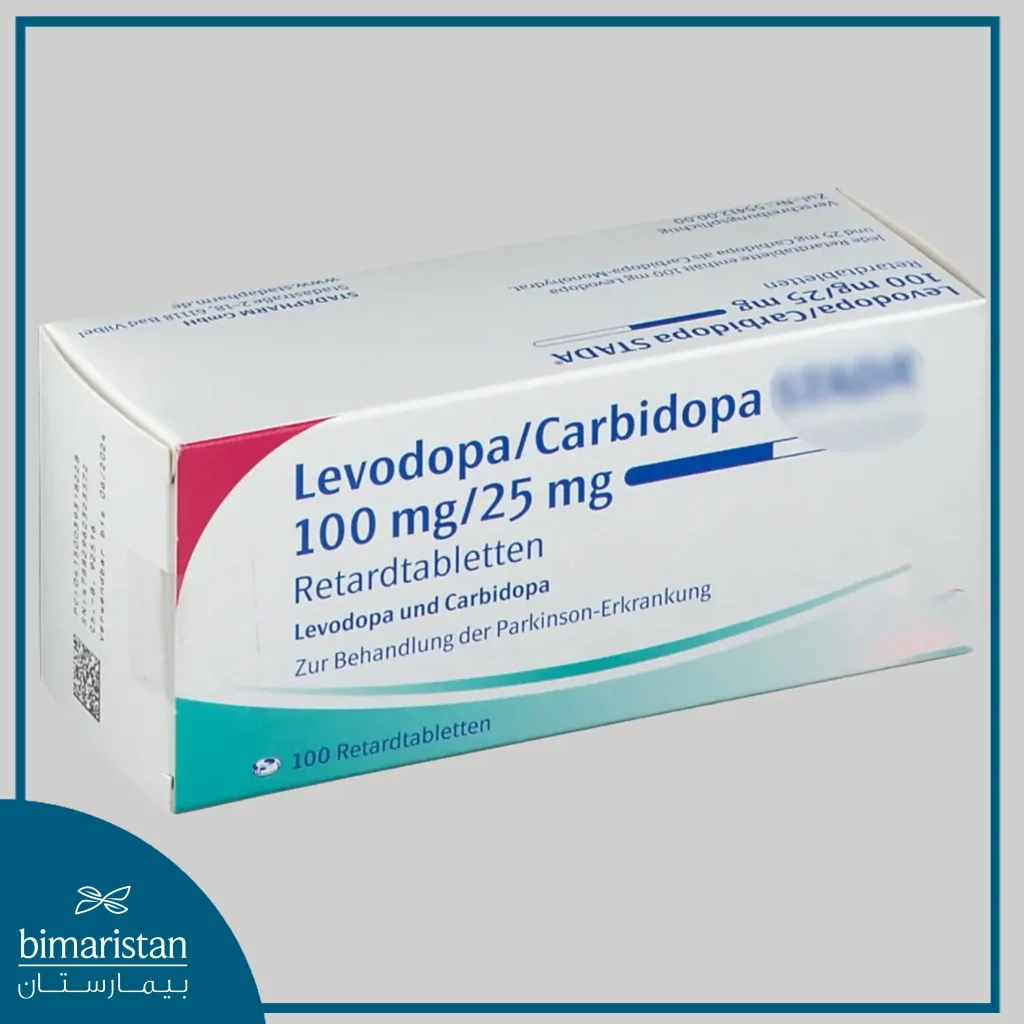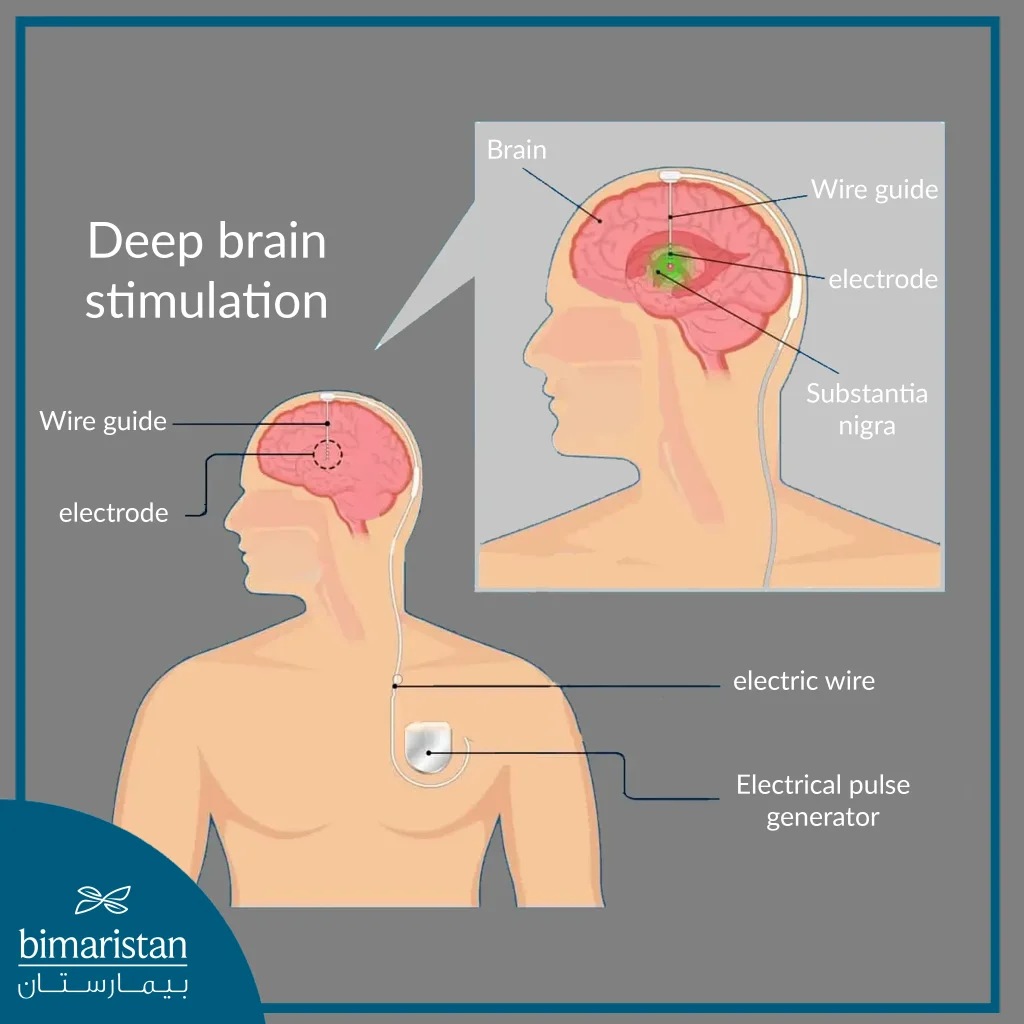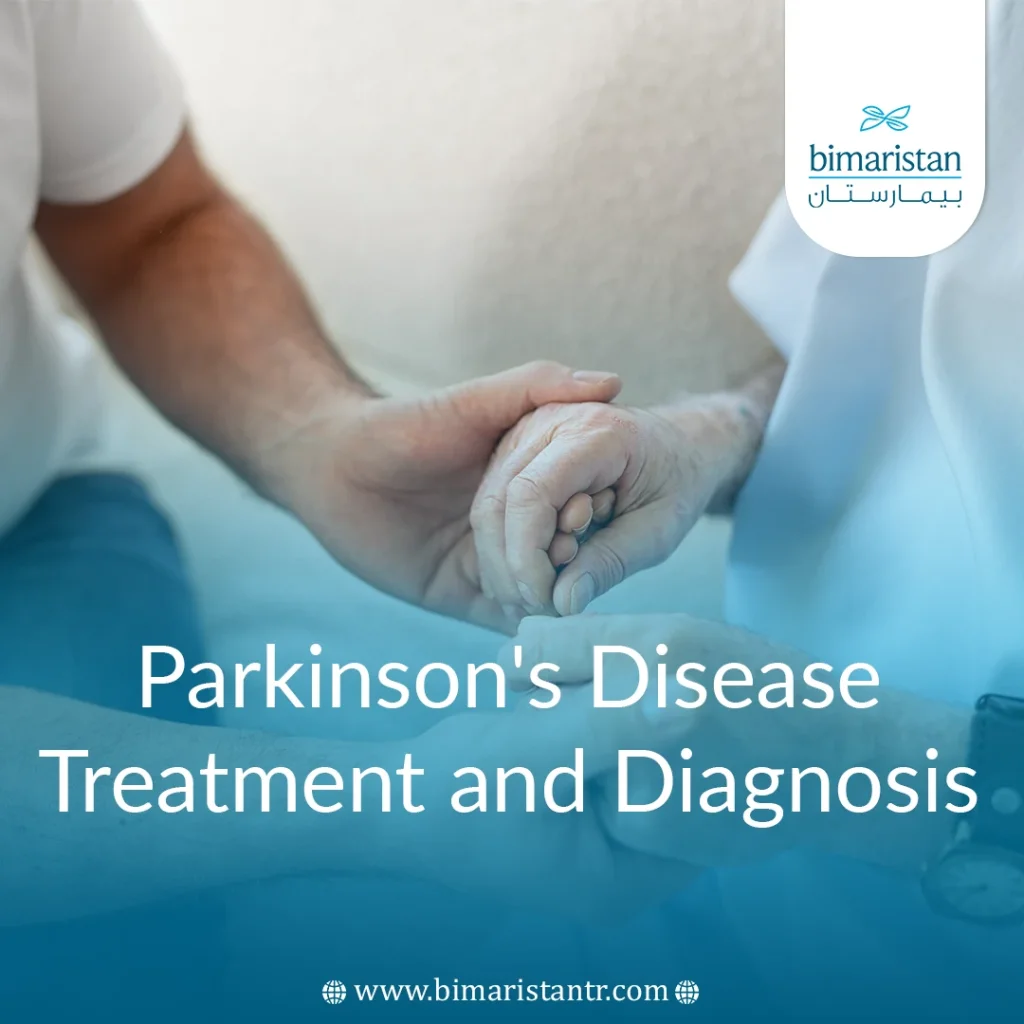Parkinson’s disease is a chronic neurological disease that affects a person’s movement and body balance. This disease affects approximately 1% of people over the age of sixty, and those affected suffer from a gradual deterioration in the functions of the nervous system as a result of damage to the brain cells responsible for producing dopamine. This disease appears gradually, usually beginning with a mild tremor in one hand or muscle stiffness, and may progress to difficulty walking, speaking, and doing daily tasks.
In this article, we will discuss the topic of “treatment of Parkinson’s disease” in some detail, starting with pharmacological methods that help relieve symptoms through advanced surgical interventions all the way to lifestyle changes that can contribute to improving the quality of life of patients. We will also review recent research and promising developments in the treatment field, which give hope to many people with this disease. The goal is to provide comprehensive information that helps readers understand the options available to effectively manage this disease and to provide guidance for achieving a better life despite health challenges.
Parkinson’s disease and its stages of development
Parkinson’s disease (PD) is a neurodegenerative disease (chronic degenerative disease). It is known that when nerve cells die, they cannot be replaced, and therefore there is no cure for Parkinson’s disease.
Parkinson’s disease treatments depends on controlling symptoms that result from the loss of substantia nigra neurons in the brain and a lack of dopamine in the body.
Treatments is classified into pharmacological Parkinson’s treatment and surgical Parkinson’s treatment, depending on the stage of the disease and the severity of its progression. Therefore, it must first be diagnosed accurately to find out the cause of the disease, and this is done by understanding the mechanism of the disease’s occurrence, and then applying the appropriate treatment.
Pathological mechanism of Parkinson’s disease
Parkinson’s occurs due to the accumulation of mutant (abnormal) proteins produced by the body that settle in nerve cells located in the substantia nigra region of the brainstem. It often begins at the age of 60.
These neurons are responsible for producing neurotransmitters that control the patient’s muscles in states of movement and rest, so their loss leads to symptoms of Parkinson’s disease such as tremor (shaking and trembling) and slow movement.
Other diseases and injuries may affect the areas that control movement, causing Parkinson’s disease. These injuries include strokes or taking medications that affect chemical neurotransmitters in the brain.

Diagnosing parkinson’s disease
Parkinson’s disease is diagnosed clinically by hearing the medical history of the patient in addition to performing a neurological examination for Parkinson’s disease. Computed tomography and magnetic resonance imaging are useless in detecting Parkinson’s disease.
Early Parkinson’s may be detected using modern techniques in addition to CT scanning. These techniques rely on detecting dopamine levels in the brainstem of the central nervous system.
If we see Parkinson’s disease at an early age, some genetic diseases and syndromes must be suspected, such as Wilson’s disease and Huntington’s chorea.
Parkinson’s disease medication
Parkinson’s is often treated medicinally. The goal of treatment is to alleviate symptoms and not complete recovery. Treatment is based on replacing the missing dopamine in the nervous system, thus eliminating motor symptoms.
Early Parkinson’s disease treatment
The early stages of Parkinson’s are treated using medications that can enter the central nervous system and act like dopamine to eliminate the motor symptoms of the disease.
Treating Parkinson’s disease with levodopa
Levodopa works by entering the brain and converting it to dopamine (we do not give it directly because it cannot enter the brain). When levodopa is converted to dopamine, it binds to the appropriate receptors, so the motor symptoms of Parkinson’s disease disappear.
Levodopa is considered the best drug for treating Parkinson’s disease, but it is not given alone. A compound called carbidopa is given with it. This compound prevents the breakdown of levodopa in the peripheral system and ensures its safety until it reaches the brain.
It is given at 300-600 mg per day, divided into 3 or 4 doses. Although it is considered the most effective medication, levodopa provides treatment for neurological symptoms for only 4 to 6 years.
Side effects of using the drug then appear, including dyskinesia, nausea, and vomiting, and we may see orthostatic hypotension or worsening hallucinations and delirium.
In addition to the lack of significant benefit from levodopa in improving the non-motor symptoms of the disease, various medications are prescribed for these symptoms aimed at alleviating these symptoms.

MAO-B enzyme inhibitors
Among them are selegiline (5 mg per day in the morning) and rasagiline. These medications treat Parkinson’s disease by stopping the process of breaking down dopamine (which occurs naturally) in the nervous system and thus increasing its levels in the brain.
It is used to treat the early stages of Parkinson’s disease and provides milder side effects than levodopa, and its effect may last longer than in treating motor symptoms.
Dopamine receptor agonists
Ropinrole and pramipexole provide moderate control of the motor symptoms of the disease, but they are delayed until side effects similar to those found when using levodopa appear. However, they are not without side effects, as they cause:
- Sleepiness and sleepiness during the day
- Hallucinations
- Edemas
Anti-acetylcholine medications
It is effective in treating tremors and tremors, in particular in Parkinson’s patients. Still, it has many side effects such as dry mouth and difficulty urinating, the most important of which are orphenadrine and trihexyphenidine.
Amantadine
It is an antiviral with an anti-parkinsonian property, so it is used to treat Parkinson’s disease. It is given at a dose of 100 mg per day and gradually increased to 300 mg per day.
Neuroprotectants
It is one of the latest methods of treating Parkinson’s disease and is still under study. Its mechanism of action in treatment includes stopping the progression of the disease by ending the death of nerve cells in the substantia nigra, or at least slowing down this process.
They may also be able to reverse the progression of Parkinson’s disease by generating new nerve cells. These drugs are still under trial and have not yet been released on the market.
Treating non-motor symptoms of Parkinson’s disease
Non-motor symptoms of Parkinson’s include depression, sleep disturbances, dementia, loss of mental judgment, impotence, orthostatic hypotension, and constipation. The patient’s disturbing symptoms are treated with the following:
- Sildenafil: It is used to treat erectile dysfunction.
- Polyethynyl glycol: treatment of constipation.
- Modafinil: used to treat daytime sleep.
- There are studies on the possibility of treating some non-motor symptoms with levodopa.
Treatment of late Parkinson’s disease
Before resorting to surgical treatment when Parkinson’s disease develops, we may also be able to use some medications or change the method of administering them and prescribing a higher dose to control its symptoms.
COMT enzyme inhibitors
Inhibitors of this enzyme are also used to treat late-onset Parkinson’s disease. This enzyme breaks down dopamine in the brain (naturally), and thus, stopping its action provides more dopamine in the nervous system.
Surgical treatment of Parkinson’s disease in Turkey
Previously, surgical treatment for Parkinson’s disease included surgical interventions that disrupted specific areas of the brain as a treatment, leading to improvement in some motor symptoms. Still, it may lead to harm and varying results for patients.
Treating Parkinson’s disease with deep brain stimulation (DBS) in Turkey
Suppose a Parkinson’s patient reaches advanced stages and his disease develops and becomes unresponsive to drug treatment or has side effects from the medications used. In that case, he resorts to surgical treatment.
Deep brain stimulation (DBS) to treat Parkinson’s involves connecting electrical wires to a battery placed in the chest (implantation device). These wires are connected to specific areas in the deep brain, which contain clusters of nerve cells responsible for regulating movements.
By stimulating these areas, we command these cells to either activate or stop and inhibit (not to work) according to the therapeutic goal and the area in which this wire was implanted.
We reach these areas by drilling small holes in the skull and inserting wires through them (the passing electrical current is light and harmless, and the patient does not feel it). This process is one of the most famous therapeutic methods currently performed.
This operation in Turkey has shown great success in treating late Parkinson’s in terms of controlling symptoms and improving the quality of life of people who have been afflicted with this disease.
The advantages of this medical procedure performed by a neurosurgeon include:
- It does not involve harmful effects on any brain tissue.
- We can remove it if it fails without any significant trace.
- We can adjust the electrical pulses used (which are harmless) according to the development of Parkinson’s disease and its stage (severity) or if any side effects appear.
- This operation can be performed on both brain hemispheres without any significant disadvantages.

Recently, tests are being conducted to treat Parkinson’s disease
In Turkey, embryonic (stem) grafts or growth factors (a substance to stimulate the proliferation of nerve cells) in the dead areas can be used to cure Parkinson’s. If you are suffering from advanced Parkinson’s, contact us. Bimaristan Medical Center will guide you to the most experienced and competent doctors in Turkey to treat your Parkinson’s disease. The treatments that the center guides you to are the most advanced.
Sources:

